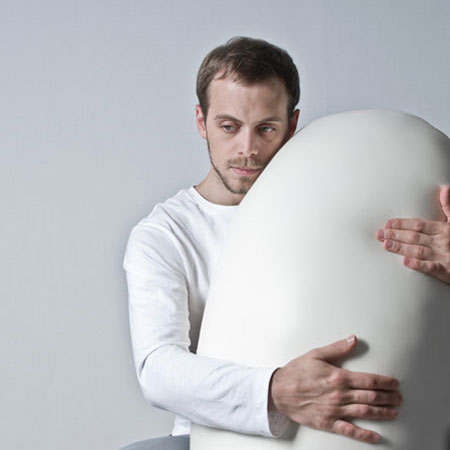
Funktionide by Stefan Ulrich
German designer Stefan Ulrich has designed a conceptual shape-changing object to relieve loneliness, using artificial muscle technology.

For his thesis project Ulrich conducted research into plastics that change shape when an electric current is applied, called electroactive polymers.

Ulrich suggests that in the future these materials could allow objects to change shape and surface texture.

He envisions that people will turn to robots for the illusion of a living presence to satisfy their emotional needs.

Ulrich undertook two months of research with Festo - a German supplier of pneumatic and electrical automation technology - and Swiss material sciences and technology institution EMPA, exploring the potential impact of new materials on future products.

Watch a movie illustrating the Funktionide concept gently changing shape as if breathing here.
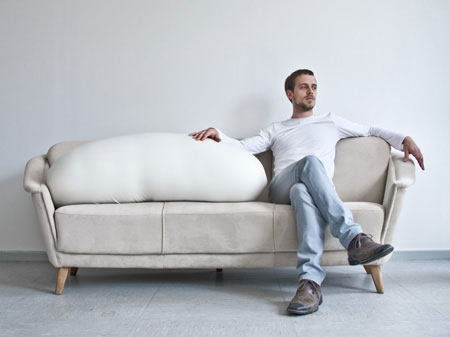
Watch a movie demonstrating the technology here.
Here's more from Stefan:
--
Funktionide – New Promises
Based on an intensive two month research (in cooperation with FESTO Germany and the EMPA Switzerland) concerning artificial muscles (electroactive polymers) my work reflects upon how new technologies will change future products (and society), and the way we interact with them.
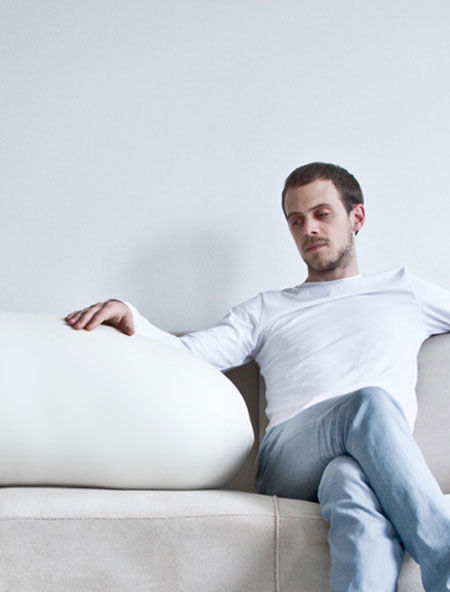
One day active materials such as electroactive polymers will drastically change the way we perceive products. Products will gain new dimensions ranging from changing tactile surfaces over active membranes to morphing shapes. Products of the future will be "alive" in a way. The results of that research actually led to create a vision of how the future of product design might evolve under the given premises.

One of those future products is the so called "Funktionide“. It is an amorph object whose intention is to provide the owner with an atmosphere of presence thus counteracting the feeling of loneliness. In the visions future people are lonely and with all the new dimensions products offer, humans will eventually turn to "robots" for emotional satisfaction.
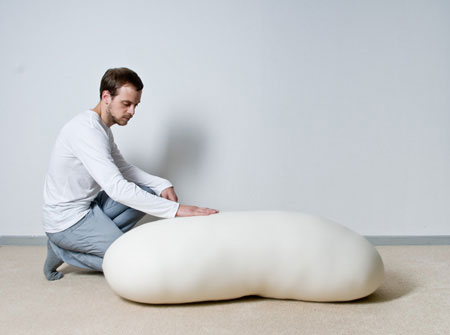
This gives rise to a number of questions: What happens if products that were proposed as a relief against social isolation begin to become the solution?
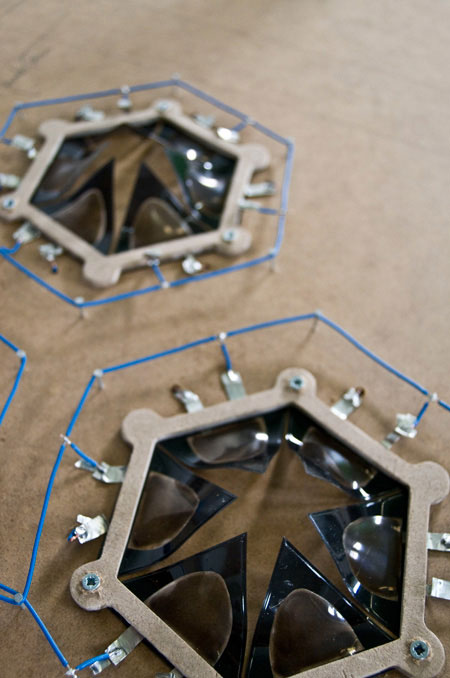
How will it affect human interactions if people become more and more focused on their products? What will these products look like, or more important how will they behave? Etc.
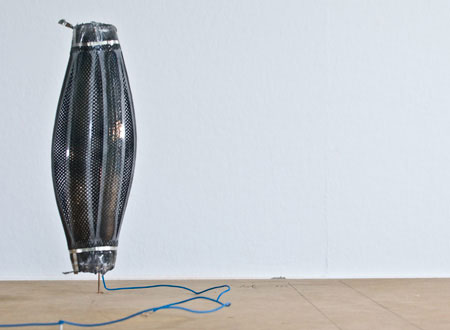
In this way the works intention is to create a provocative picture for discussion, which enables us to question how much we want technological products to satisfy our emotional needs. To ask these questions will become part of the responsibility of future product design.
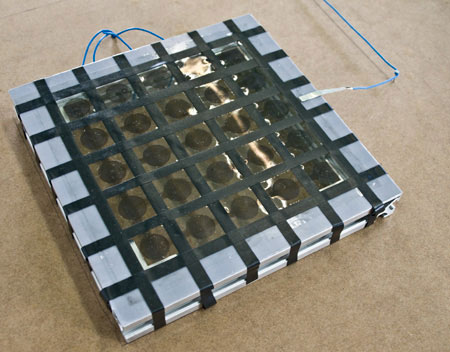
The ambiguity of this scenario is, that it could be understood as a solution to a wide range of different kinds of loneliness. But it might as well be understood as a scenario which should be avoided by all means possible.